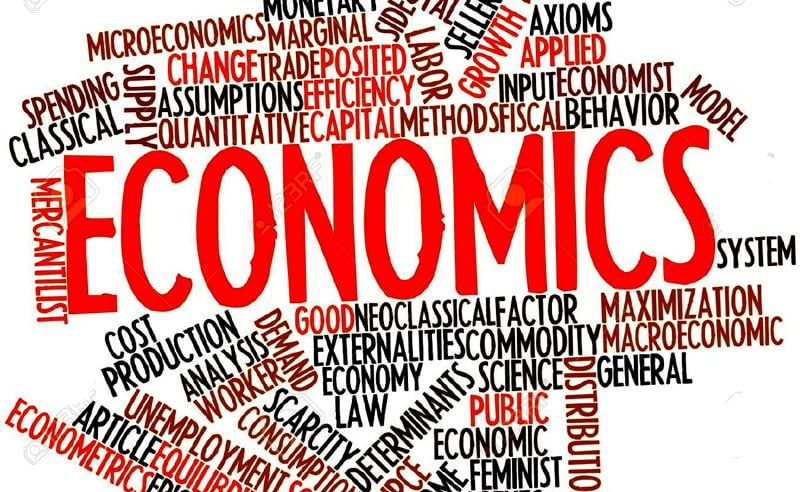Reproductive Health
What is Reproductive Health? Reproductive health refers to the overall well-being and functioning of the reproductive system, encompassing both physical and mental aspects. It involves the ability to have a satisfying and safe sexual life, the capability to reproduce, and the freedom to make decisions regarding reproduction, including access to information and services related to […]
Reproductive Health Read More »

